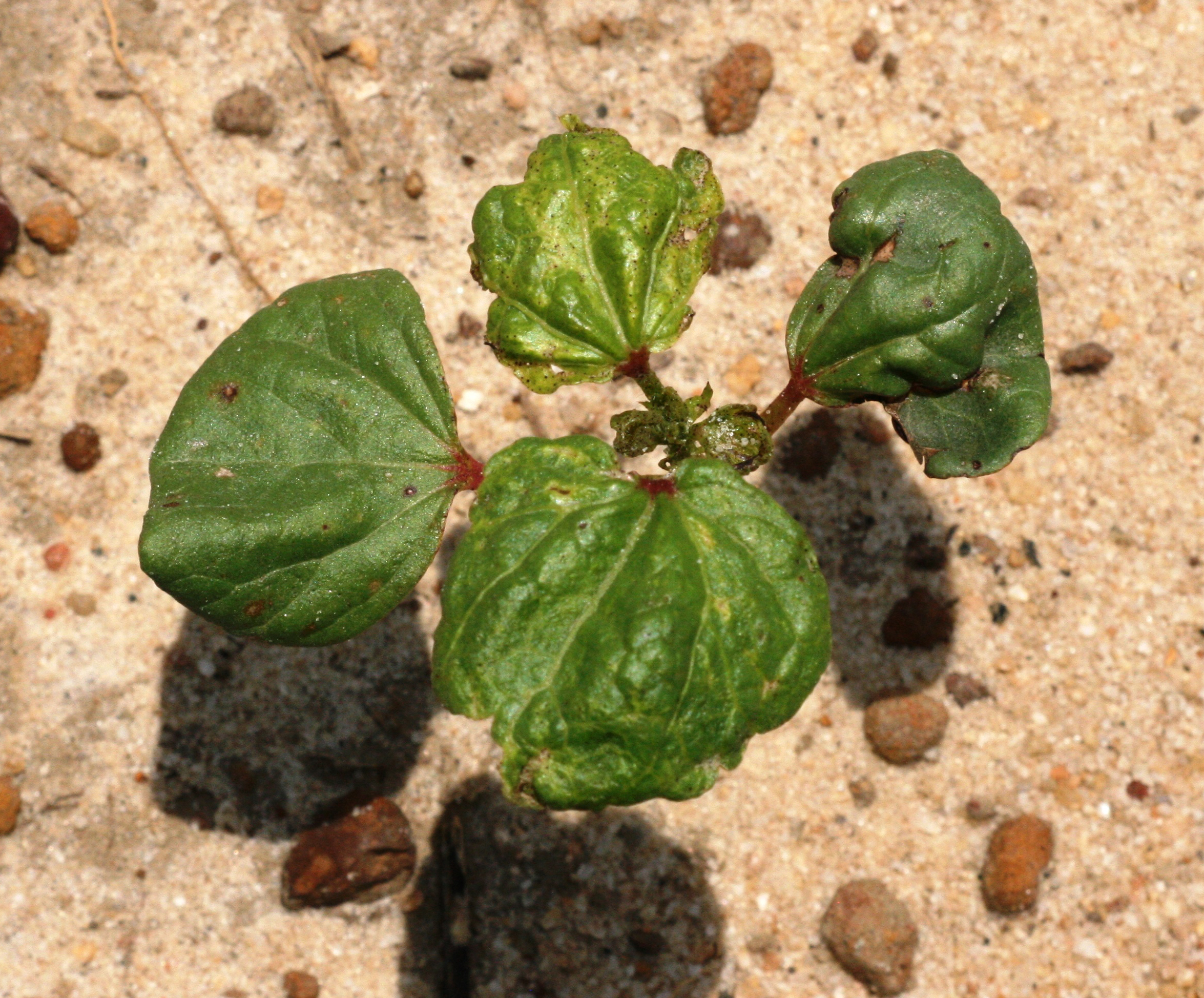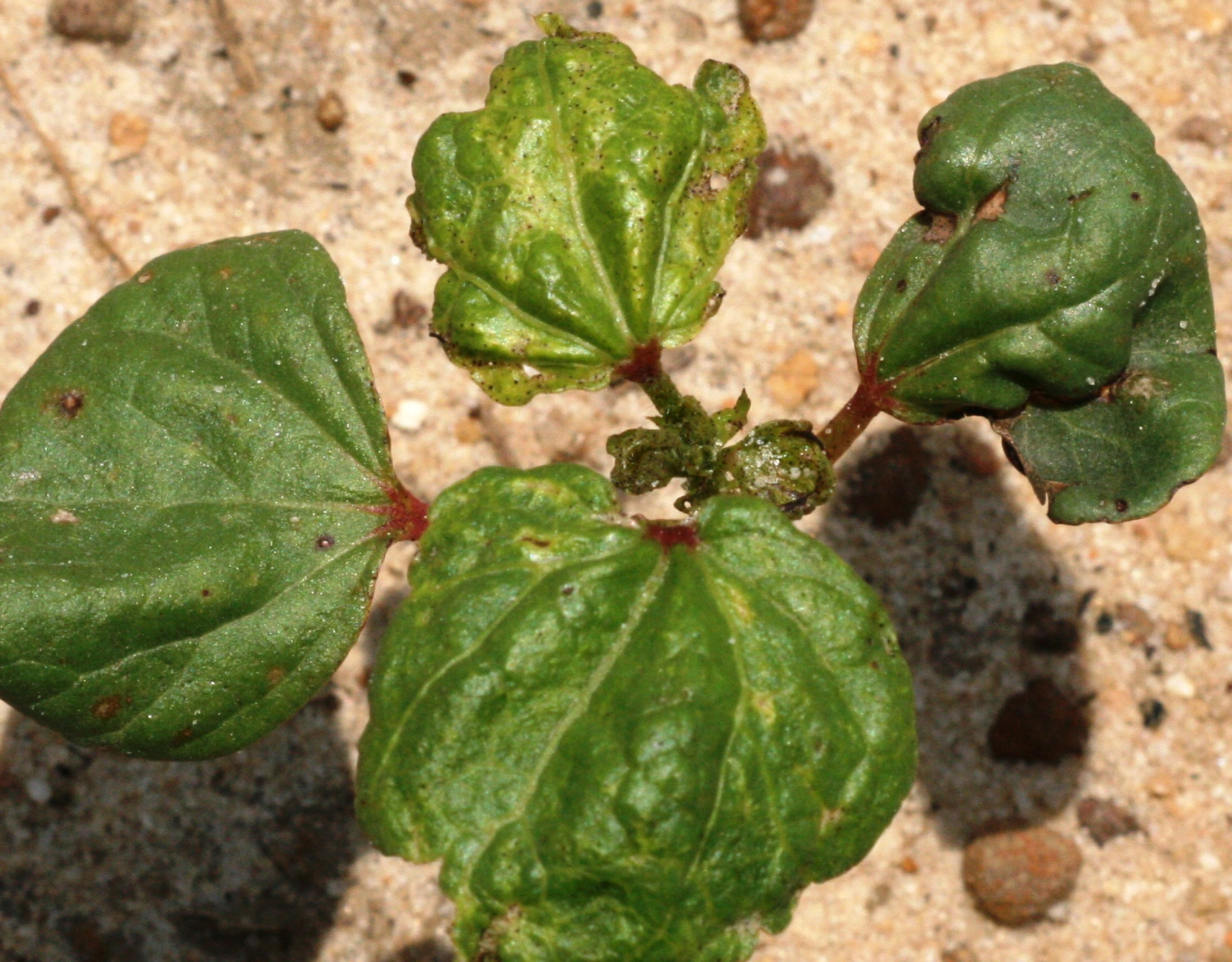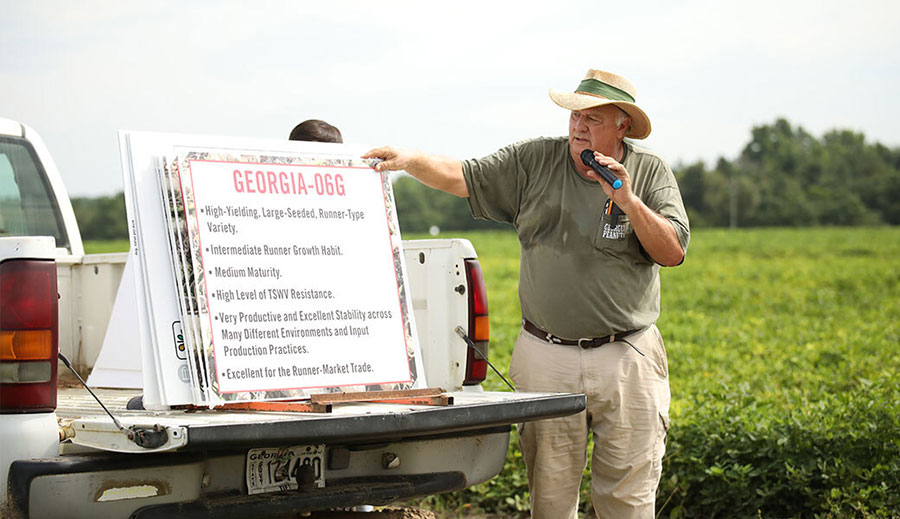University of Georgia researchers are studying management strategies for thrips, a pest that cotton and peanut farmers encounter every year.
With an ability to stunt the growth of cotton plants and transmit tomato spotted wilt virus in peanuts, thrips are regarded as one of Georgia farmers’ most harmful pests.
Thrips are insects that overwinter in native vegetation. The first generation occurs in weeds on edges of fields. Once a new generation emerges, there’s a large population that’s ready to feed on any new seedling, which coincides with planting of row crop agriculture in south Georgia.
“Once the plants come up, thrips are there, and they’re looking for a new succulent plant,” said UGA entomologist Mike Toews.
Thrips do the most damage to cotton and peanuts planted before May 10 using conventional tillage. Crops planted later in the month are less likely to suffer from heavy thrips pressure, said Toews.
Suppress thrips with winter cover crops
For the management of thrips, Toews suggests using cover crops in the winter. Cover crops are usually planted in the fall, grow all winter and are plowed under a few weeks before cash crops are planted. Farmers plant crops like cotton and peanuts into the residues left over from the winter cover crop.
The presence of a cover crop cuts thrips infestation pressure by one-third to one-half, in addition to preventing soil erosion and providing organic matter to the soil, Toews said. He believes that’s a “win-win.”
“The mere presence of accumulated biomass on the soil surface makes it more difficult for the thrips to find the green plants,” Toews said.
Cover crops may include vetch, crimson clover, wheat or rye. Toews cautions, however, that there are costs involved in cover crop production systems. For example, weed control can be more challenging since the residues may bind or interfere with contact and residual herbicides, limit their effectiveness and reduce soil activity.
“No doubt, conservation tillage suppresses thrips activity, but it’s just one piece of a complete production system. You have to have the right timing, a strip-till rig and row cleaners on your planter. Not everyone can do that every year. You have to be set up for it,” Toews said. “For those farmers that are making the investment, that will give them a great deal of thrips suppression that would not be seen by the folks that are growing crops on conventional tillage.”
Use foliar insecticides to manage populations
Toews also recommends applying foliar insecticides two to three weeks after planting. All cotton comes with a seed treatment, but that insecticide is gone within three weeks, he said. Supplementing with a foliar spray will help growers through the first few weeks of the season, regarded as the most critical stage for suppressing thrips pressure.
Growers with a history of high thrips pressure should also consider applying a granular or in-furrow insecticide at planting time.
An important change regarding the use of insecticides on cotton has been made to this year’s growing season, said Toews. “The EPA has denied our request to use Counter 20G granular insecticide on cotton. While disappointing, we must respect that decision and acknowledge that Counter20G applied to cotton in 2015 is an illegal application. That product was used last year to help mitigate nematode and thrips injuries,” he said.
Instead, Toews recommends the use of Admire Pro or Velum Total in high-pressure situations.
Toews is adamant row crop farmers will encounter thrips this year. “They’re our strongest insect pressure early on when the plants are just coming up. Our data shows you need to take action. It’s not a case where you can sit back and wait,” Toews said.








